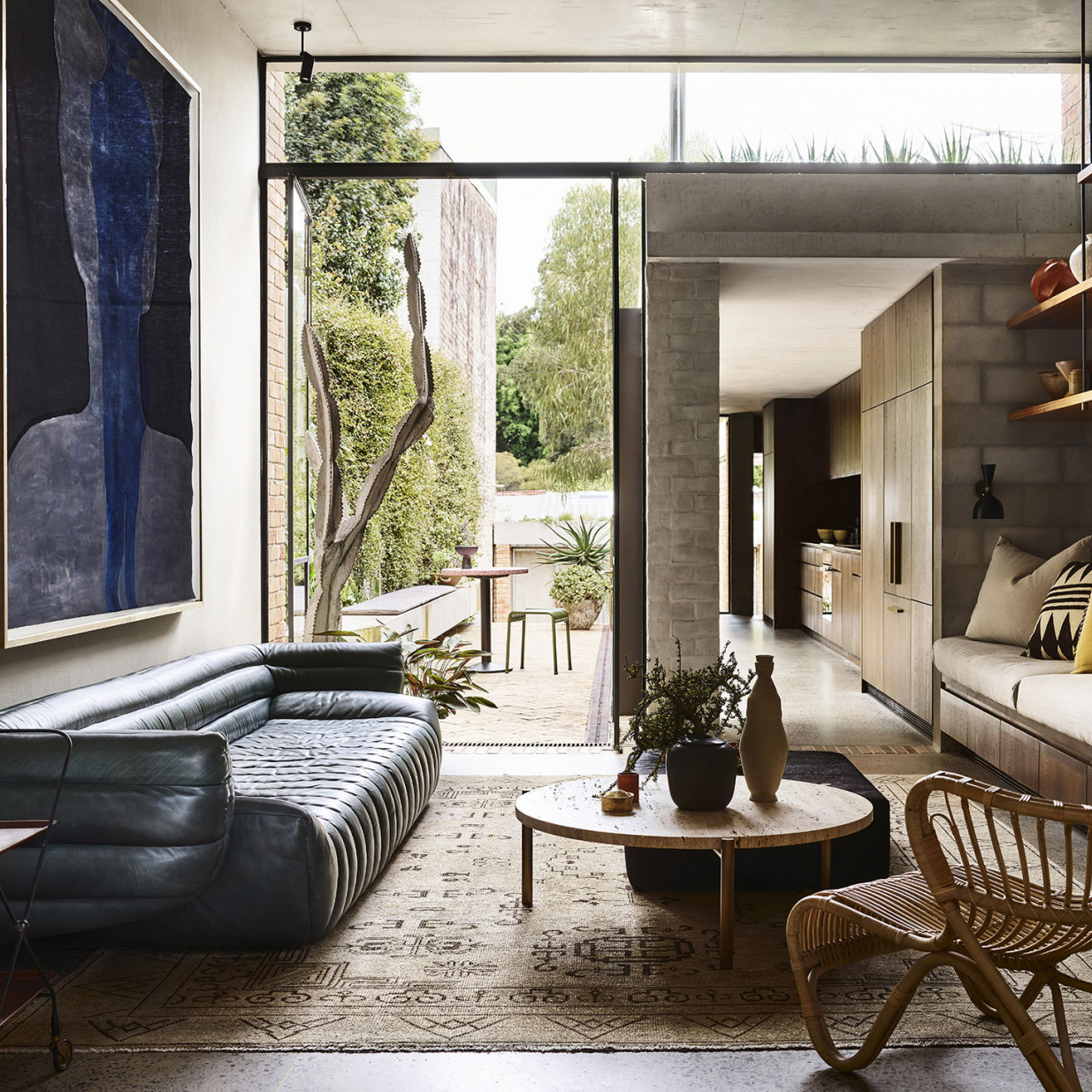Introduction
Waterworks lights, as the name suggests, are special lights that are used to enhance the beauty and magnificence of water displays. They are used in various settings such as fountains, pools, ponds, and even waterfalls. These lights are like jewels that make water features sparkle and mesmerize. In this article, we will explore the magic of waterworks lights and how they transform ordinary water displays into magical spectacles.
History of Waterworks Lights
Waterworks lights have been used for centuries to enhance water displays. In ancient times, oil lamps were used to light up fountains and pools. However, in the 19th century, gas lighting became popular, and it was used to illuminate large public fountains and water displays. With the advent of electricity, waterworks lights became even more popular, and different types of lights were developed to suit various requirements.
The Beauty of Waterworks Lights
Waterworks lights can create a variety of effects, from a gentle shimmer to a dramatic and colorful show. The lights can be placed underwater, around the perimeter of a pool, in the fountain’s jets, or anywhere else that will enhance the display. The colors of the lights can be changed to create different moods and effects – from calming blues and greens to vibrant reds and purples. Furthermore, the lights can be synchronized with music, creating a spectacular audiovisual experience.
The Role of Technology
Over the years, technology has played a significant role in enhancing waterworks lights. LED technology, in particular, has revolutionized waterworks lights. Unlike earlier types of lights, LED lights are more efficient, durable, and long-lasting. They are also brighter and can create a wide range of colors. Furthermore, LED lights are waterproof, making them ideal for underwater installations.
Designing Waterworks Lights
Designing waterworks lights requires a combination of technical knowledge and artistic flair. The design process begins with an understanding of the client’s requirements, the site’s features, and the effect the client wants to achieve. Factors such as the depth of the water, the shape of the pool or fountain, and the type of water feature being used must also be considered. Once these factors have been assessed, a design is created that takes into account the type and number of lights needed, the color scheme, the placement of the lights, and any special effects that are required.

















